NFT Metadata Security Checker
Check if your NFT's metadata is stored securely. Never buy an NFT without verifying this first. The tool analyzes the metadata URI to identify storage method and potential risks based on the article's research.
NFT Storage Method
Security Risks
Actionable Recommendations
When you buy an NFT, you’re not just buying a picture. You’re buying a claim to something that’s supposed to last forever. But what if that picture disappears? What if the server hosting it goes down? This isn’t hypothetical-it’s happened to thousands of NFT owners. The difference between on-chain and off-chain metadata isn’t just technical jargon. It’s the difference between your NFT surviving a market crash or turning into a blank image overnight.
What Exactly Is NFT Metadata?
NFT metadata is the data that tells your wallet what the NFT actually is. It includes the image, name, description, traits, and attributes. Without it, your NFT is just a string of numbers on a blockchain-useless. Think of it like a deed to a house. The blockchain is the land registry. The metadata is the house plan, the address, the number of bedrooms. If the plan vanishes, the deed doesn’t mean much.
There are two ways to store this data: directly on the blockchain (on-chain) or somewhere else (off-chain). The choice you make-or the project you pick-determines whether your NFT is truly permanent or just temporarily alive.
On-Chain Metadata: The Unbreakable Copy
On-chain metadata means every detail of your NFT-its image, name, traits-is written directly into the smart contract on the blockchain. No external servers. No third parties. Nothing to break.
Art Blocks is the gold standard here. Since 2020, every one of their generative art NFTs has stored its entire image as SVG code inside the Ethereum blockchain. Even if every company that ever touched NFTs shuts down tomorrow, those images will still render. They’ve survived multiple bear markets, server outages, and platform changes. That’s the power of on-chain.
But it comes at a cost. Storing 1KB of data on Ethereum costs between $50 and $500, depending on network congestion. A simple 10KB image could cost over $5,000 in gas fees to mint. That’s why most projects don’t go fully on-chain unless they’re high-value art. You’ll see artists compressing images into tiny SVGs, using Base64 encoding, and stripping out everything non-essential. Some even store just the algorithm that generates the image, not the image itself. It’s clever-but it’s also a tradeoff.
On-chain metadata is immutable. It can’t be changed. That’s good for authenticity. But if you made a mistake? Too bad. No updates. No fixes. No upgrades. That’s why many projects avoid it for utility NFTs that need to evolve.
Off-Chain Metadata: Fast, Cheap, But Fragile
Off-chain metadata stores the bulk of the data-usually the image and attributes-on external systems. The blockchain only holds a link (a URL) to that data. Most commonly, this link points to IPFS, Arweave, or a regular cloud server like AWS.
IPFS (InterPlanetary File System) is decentralized. Files are stored across thousands of computers. But here’s the catch: if no one “pins” your file (keeps a copy alive), it disappears. Over 68% of Ethereum NFTs using IPFS rely on just one pinning service: Pinata. When Pinata had a 4-hour outage in 2023, 12,000 NFTs went blank. That’s not decentralization. That’s a single point of failure wearing a fancy label.
Arweave is different. It’s a blockchain designed for permanent storage. You pay once-around $0.015 per MB-and your data lasts 200 years. That’s why 90% of Solana NFTs use Arweave. It’s cheaper than IPFS pinning and way more reliable than AWS. But Arweave doesn’t let you update the data. Once it’s on there, it’s locked.
Then there’s the old-school way: centralized servers. LooksRare, one of the biggest NFT marketplaces, lost metadata for 47,000 NFTs in 2022 because their server went down. Polygon projects? 61% still use private servers. That’s a ticking time bomb. If the company behind the NFT shuts down, your NFT becomes a ghost.
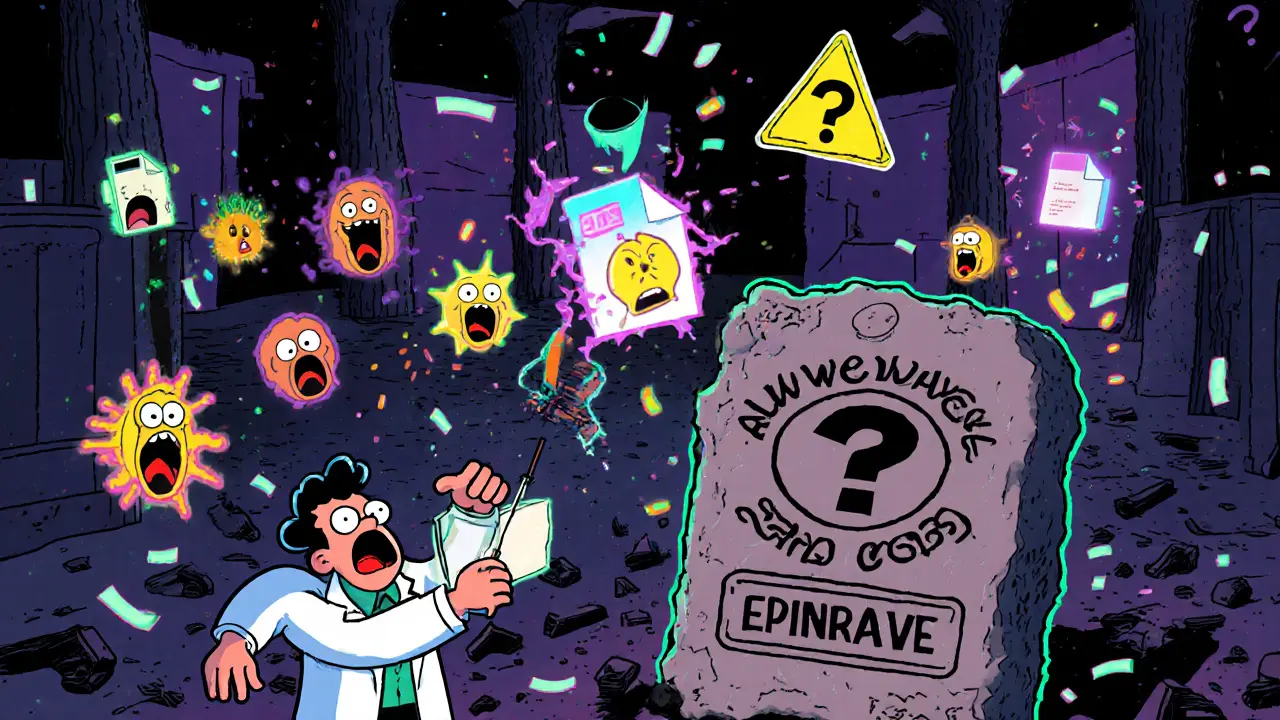
The Hybrid Model: The Smart Middle Ground
Most serious projects don’t choose one or the other. They use a hybrid approach: store a cryptographic hash of the metadata on-chain, and keep the actual data off-chain.
This gives you the best of both worlds. The hash on-chain acts like a digital fingerprint. If someone tampers with the off-chain file, the hash won’t match-and you’ll know it’s fake. Meanwhile, you save 85% on gas fees. You can still update the image later if needed (like adding a new trait or fixing a bug). And you’re not locked into one storage provider.
OpenSea, Rarible, and Coinbase all support this model. It’s becoming the industry standard. In fact, the NFT Metadata Alliance, formed in September 2023, is pushing for this to become the minimum requirement for all major platforms by late 2024.
What’s Happening in 2025?
The landscape is shifting fast. Ethereum’s upcoming Prague upgrade in Q2 2024 will cut on-chain storage costs by up to 90% thanks to EIP-4844. That’s a game-changer. Suddenly, storing full images on-chain becomes affordable for mid-tier projects.
Thirdweb and other dev tools now offer SDKs that automate on-chain metadata generation. Developers who used to spend 60 hours optimizing SVGs can now do it in 2 hours. Gas costs are dropping. Storage tech is improving. Compression techniques are getting smarter.
Regulation is catching up too. The EU’s MiCA law, effective June 2024, requires financial NFTs to have immutable metadata. That means if you’re selling NFTs as investments in Europe, you’ll need on-chain or Arweave-backed metadata. No more centralized servers.
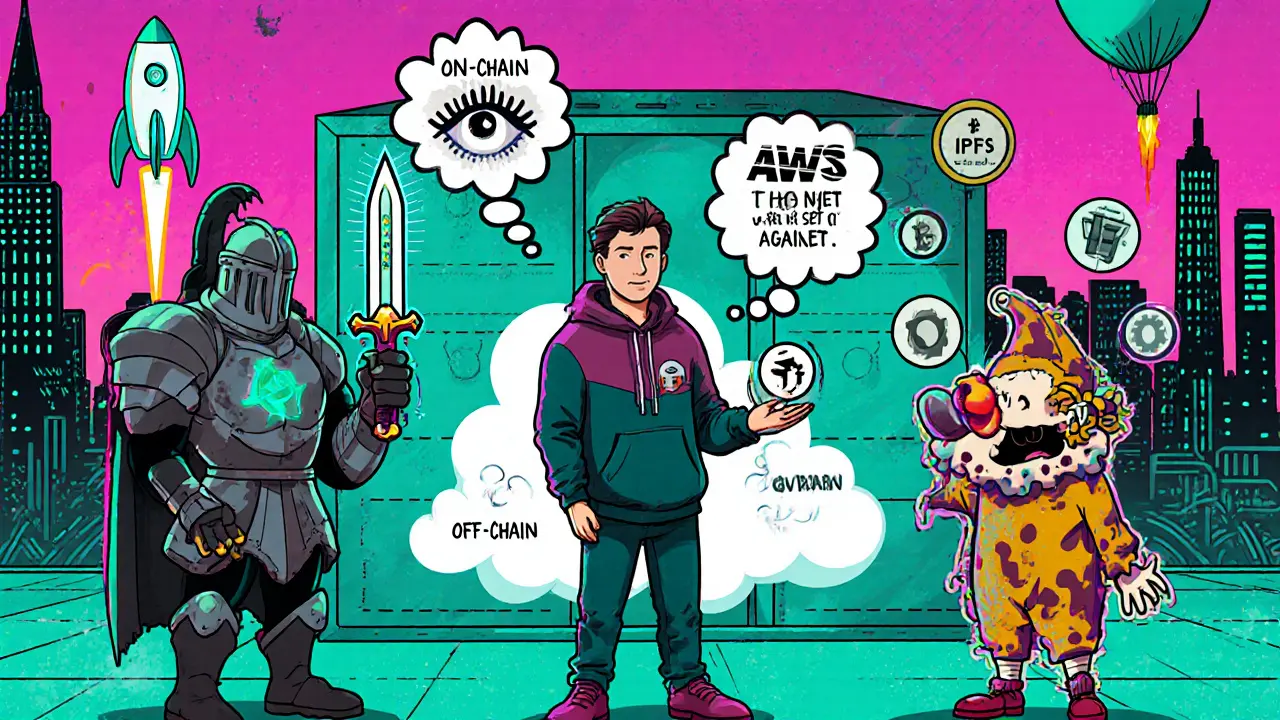
Which One Should You Use?
If you’re an artist creating high-value generative art? Go on-chain. You want your work to outlive every company, every platform, every trend. Pay the gas. It’s worth it.
If you’re building a utility NFT-like a game item, membership pass, or community token? Use the hybrid model. Store the hash on-chain. Put the image and traits on Arweave. You get permanence, flexibility, and low cost.
If you’re buying NFTs? Check the metadata storage before you buy. Look up the project on ChainCatcher or NFTScan. If it’s using a centralized server like AWS or a private domain? Walk away. You’re buying a digital post-it note stuck to a wall that could be torn down tomorrow.
And if you see an NFT project using IPFS without mentioning pinning services? Ask them. If they can’t tell you who’s pinning their files, they’re gambling with your ownership.
Real-World Failures You Can’t Ignore
In 2022, CryptoPunks had a 23% failure rate. Over 2,000 of them showed as blank images because their metadata was hosted on a server that got shut down. They eventually moved everything on-chain-and now they’re bulletproof.
In 2023, a popular NFT collection called “Digital Souls” lost all its metadata because their developer used a free IPFS pinning service. The files were deleted after 30 days. Buyers lost $3 million in value overnight.
Meanwhile, Art Blocks’ on-chain NFTs? Still perfectly visible. No one had to do anything. No server to maintain. No company to rely on. Just the blockchain.
That’s the difference between ownership and access.
Final Takeaway: Your NFT’s Lifespan Depends on This Choice
On-chain metadata is the only way to guarantee your NFT will exist as long as Ethereum does. It’s expensive. It’s slow. But it’s permanent.
Off-chain is faster, cheaper, and more flexible-but only as long as someone keeps the lights on. And history shows, they usually don’t.
Hybrid is the smart compromise for now. But with costs falling and tech improving, on-chain is no longer a luxury for artists. It’s becoming the baseline for trust.
Don’t just buy an NFT. Understand how it’s stored. Because when the hype fades, only the ones built to last will remain.
Is on-chain NFT metadata really more secure than off-chain?
Yes, absolutely. On-chain metadata is stored directly on the blockchain, meaning it can’t be deleted, altered, or lost unless the entire blockchain is destroyed. Off-chain metadata relies on external servers, IPFS pinning services, or cloud storage-all of which can go down, get shut down, or be hacked. Projects like Art Blocks and CryptoPunks moved fully on-chain because they wanted their NFTs to survive corporate failures, market crashes, and platform shutdowns. If your NFT’s image is hosted on a company’s server, you don’t own it-you’re just renting it.
Can I update an NFT’s metadata if it’s stored on-chain?
No, you cannot. Once metadata is written on-chain, it’s permanent. That’s the point-it prevents tampering. But this also means if you make a mistake in the image, description, or traits, you can’t fix it. That’s why many artists use on-chain only for the core asset (like the SVG image) and store dynamic traits off-chain. If you need to update your NFT later (like adding a new level or unlockable content), you’ll need to use a hybrid model where the hash is on-chain and the rest is off-chain.
Why do so many NFT projects still use centralized servers?
Because it’s cheap and easy. Hosting an image on AWS costs pennies per month. Setting up a simple server takes hours, not weeks. Many projects launch with centralized storage because they’re focused on quick growth, not long-term survival. But this is a dangerous shortcut. When the market turns or the team disappears, the NFTs vanish. Polygon’s top projects are a warning: 61% use private servers. That’s a systemic risk. If you’re buying NFTs, avoid projects that don’t disclose their storage method-or worse, hide it behind vague terms like “secure cloud storage.”
What’s the difference between IPFS and Arweave for NFT storage?
IPFS is a peer-to-peer network that stores files across many computers, but files disappear if no one pins them. Arweave is a blockchain that pays miners once to store data forever-200-year guarantees built into the protocol. IPFS is cheaper for short-term use but requires ongoing maintenance. Arweave costs more upfront but is truly permanent. That’s why Solana NFTs use Arweave (90% adoption) and Ethereum projects use IPFS (48% adoption). If you want your NFT to last, Arweave is the better choice. If you’re just testing, IPFS is fine-but only if you know who’s pinning your files.
How can I check how my NFT’s metadata is stored?
Use a blockchain explorer like Etherscan or NFTScan. Look up your NFT’s contract address, then check its metadata URI. If it starts with “ipfs://”, it’s using IPFS. If it’s “arweave://”, it’s using Arweave. If it’s “https://”, it’s on a centralized server. If the URI is just a long string of numbers and letters (like a Base64 blob), it’s likely on-chain. You can also use tools like ChainCatcher or NFTReview to see how popular projects store their data. If the project doesn’t make this clear, assume the worst-and don’t buy it.
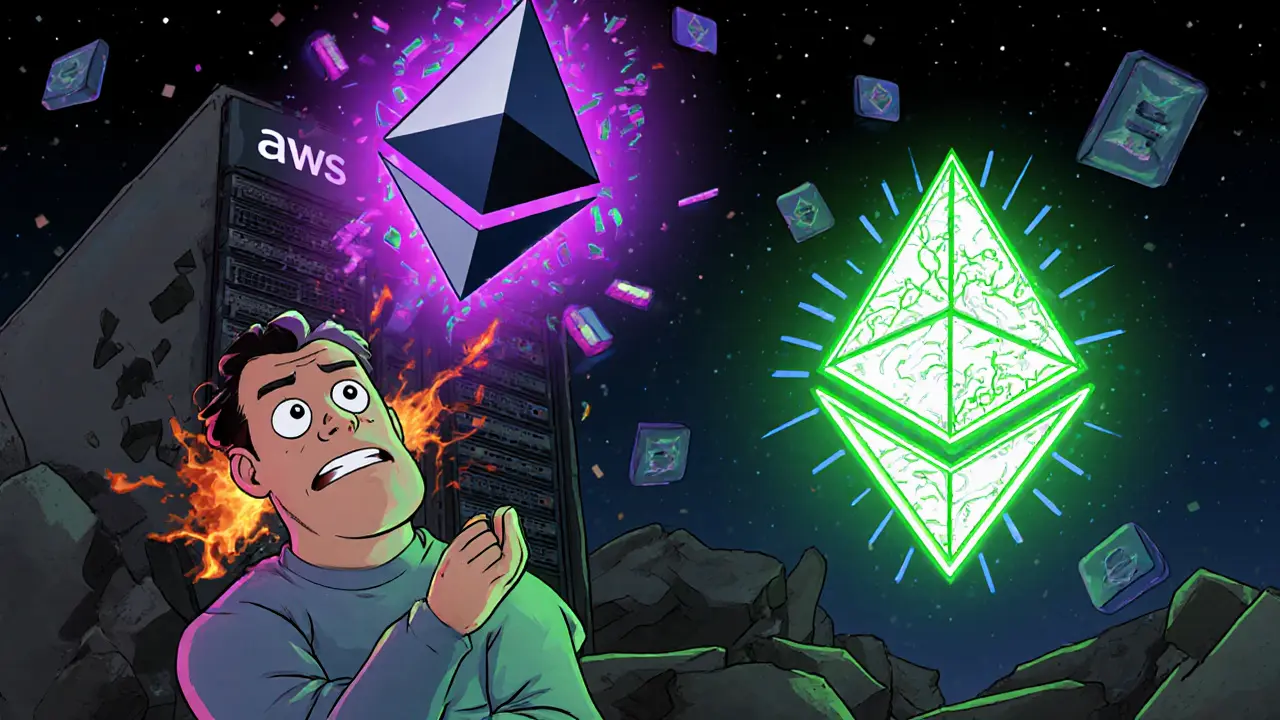
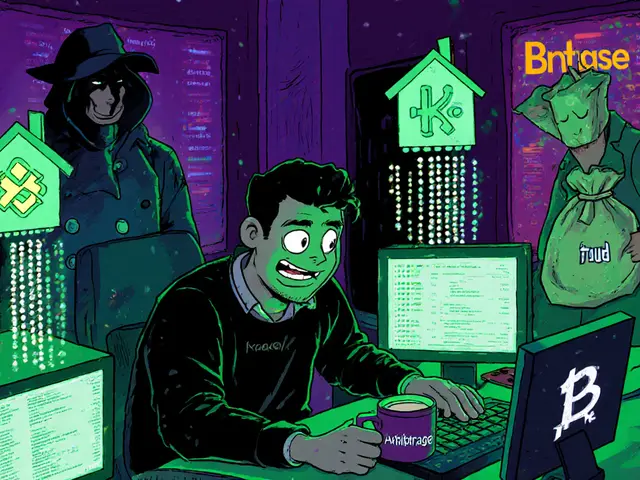


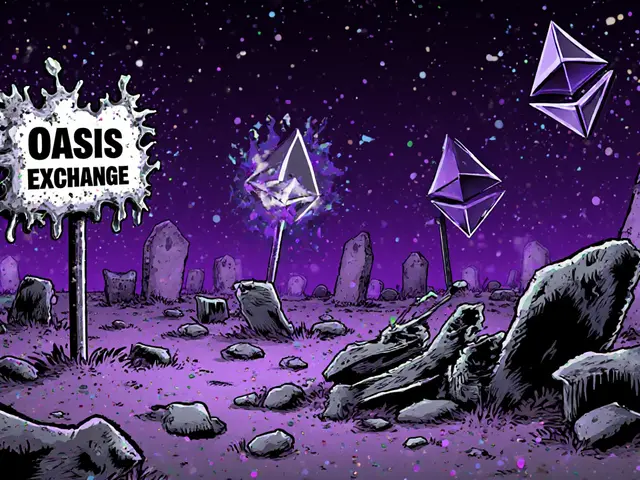
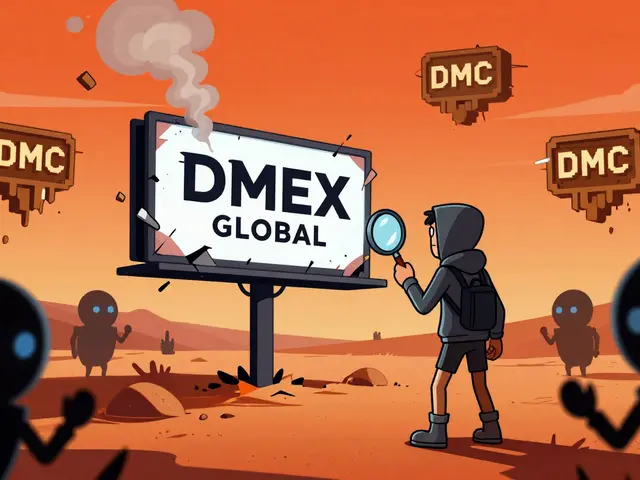
Joy Whitenburg
Okay but like… have you seen the IPFS pinning drama from last year? 😅 My NFT went blank for 3 hours and I thought I lost my whole collection. Turns out Pinata just had a glitch. I’m never trusting a free pinning service again. Arweave or bust now.